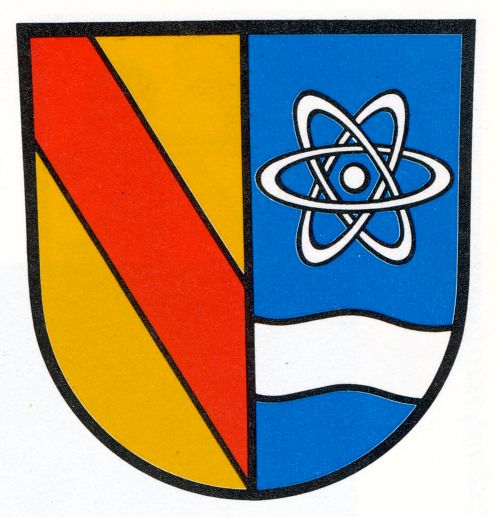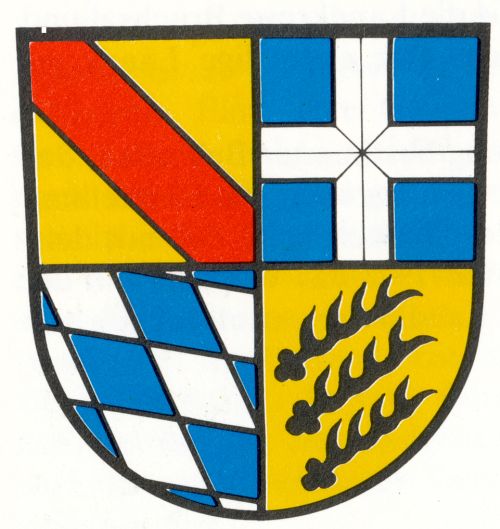Karlsruhe (kreis): Difference between revisions
Knorrepoes (talk | contribs) No edit summary |
Knorrepoes (talk | contribs) m (Text replace - "|width="15%"|50 px|right |} " to "|width="15%"|50 px|right |}<seo title="Wappen, Gemeindewappen" /> ") |
||
| Line 3: | Line 3: | ||
|width="70%" align="center" |'''Heraldry of the World<br/>Civic heraldry of [[Germany]] - [[Deutsche Wappen|Deutsche Wappen (Gemeindewappen/Kreiswappen)]]''' | |width="70%" align="center" |'''Heraldry of the World<br/>Civic heraldry of [[Germany]] - [[Deutsche Wappen|Deutsche Wappen (Gemeindewappen/Kreiswappen)]]''' | ||
|width="15%"|[[File:Germany.jpg|50 px|right]] | |width="15%"|[[File:Germany.jpg|50 px|right]] | ||
|} | |}<seo title="Wappen, Gemeindewappen" /> | ||
'''KARLSRUHE (KA)''' | '''KARLSRUHE (KA)''' | ||
Revision as of 19:18, 5 November 2012
| Heraldry of the World Civic heraldry of Germany - Deutsche Wappen (Gemeindewappen/Kreiswappen) |
KARLSRUHE (KA)
State : Baden-Württemberg
Additions : 1973 Bruchsal, Pforzheim (partly), Sinsheim, Vaihingen (partly)
Origin/meaning: The arms were officially granted on August 31, 1973.
The arms are based on the arms of the four historical regions in which the district is situated. The first quarter is derived from Baden. The second quarter is derived from the arms of the Prince-Bishops of Speyer, and is derived from the arms of Bruchsal. The third quarter shows the arms of the Wittelsbach family (see also below). The fourth quarter shows the arms of the Duchy of Württemberg. The order of the quarters was determined from the number of municipalities that used to belong to the four different historical regions.
The previous arms were officially granted on January 25, 1961.
The first talks for adopting arms were started in 1951. All parts of the district should be represented in the arms. This raised many problems, so it was not until 1961 that the arms were finally granted.
The right part of the shield is taken from the arms of the counts of Baden. The largest part of the 58 municipalities in the district historically belonged to Baden. The five other municipalities were part of the Principality of the Pfalz. The colours of the family of Wittelsbach (blue and silver), longtime Princes (Kurfürst) of the Pfalz, were therefore chosen for the left part of the shield.
The wavy bar symbolises the river Rhine, which borders the county for 50 km. The atom symbol symbolises the Nuclear Research Centre in Karlsruhe, the first in Germany. It raised some questions in later years and was not continued in the new arms.
Literature : Stadler, K. : Deutsche Wappen - Bundesrepublik Deutschland. Angelsachsen Verlag, 1964-1971, 8 volumes; Linder and Olzog, 1996.


